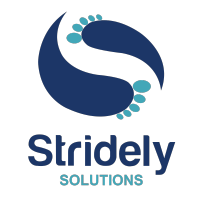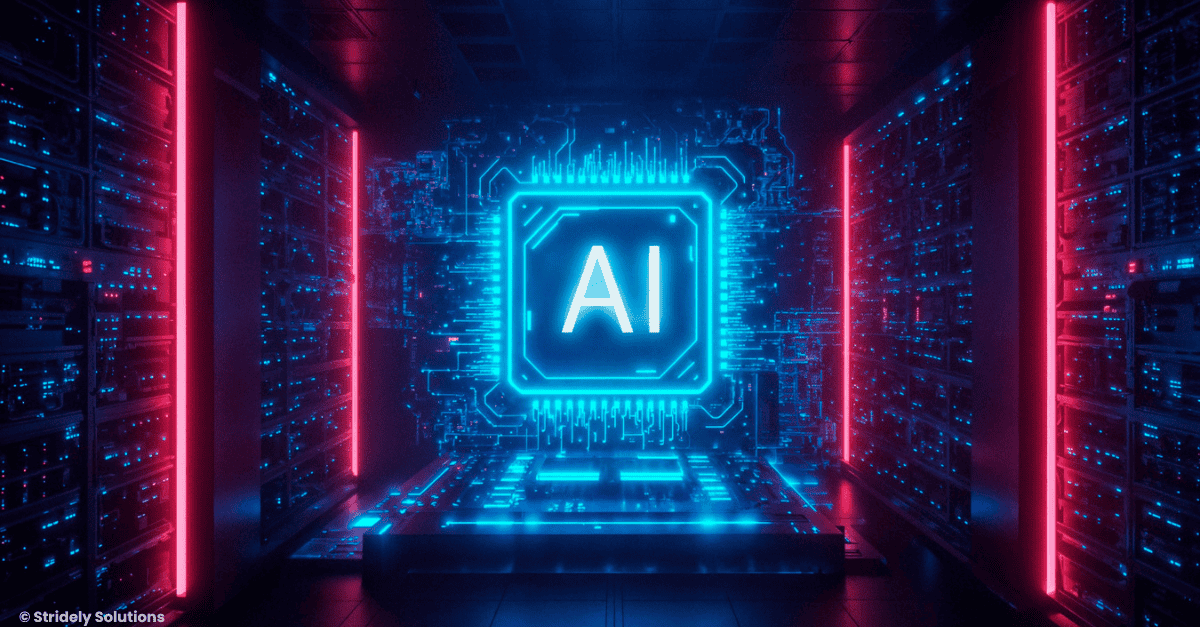Thought Leader – Darshil Shah
As AI moves from experimentation to everyday business reality, the spotlight is shifting toward one essential enabler: data. In a world driven by real-time insights and predictive intelligence, relying on outdated data infrastructure is no longer just inefficient; it puts your entire AI strategy at risk.
Enterprises are rushing to adopt AI and machine learning. But there’s a critical roadblock often overlooked. If your data warehouse were originally built for static reports and overnight batch jobs, it could quietly limit your ability to scale intelligent, real-time operations. Also, building a successful AI strategy starts with having an AI-ready data warehouse at the core.
So, here’s the question to ask:
Is your data warehouse ready for AI, or is it holding your business back from its next transformation?
Is Your Data Warehouse Built for the Age of AI?
From predicting machine failures to tailoring healthcare plans to enabling real-time pricing in retail, AI is reshaping how industries operate. But across all these breakthroughs, one thing remains consistent: AI needs access to fast, clean, and reliable data.
And that’s where many organizations hit a wall.
Legacy data infrastructure, built for a different era, often cannot keep pace with today’s demands. Systems designed around batch-based pipelines and static dashboards were never meant to support real-time insights or complex model training. The result? Queries run slower, insights arrive too late, and AI models underperform. Legacy systems simply can’t support the demands of modern AI workloads, making an AI-ready data warehouse essential.
Meeting the needs of AI today is not just about upgrading hardware or layering on new dashboards. It requires rethinking how data is collected, modeled, and delivered at a foundational level.
Why Traditional Data Warehouses Struggle with AI
AI-ready data warehouse demands speed, scalability, context, and trust. Unfortunately, many existing data environments fall short across all four dimensions. If your architecture shows any of the signs below, it may be time to rethink your foundation:
- Still Dependent on Batch Jobs
AI models perform best with real-time or near-real-time data. If you are still relying on nightly or weekly batch processes, your models will be working with outdated information. And in AI, outdated often means inaccurate. - Siloed and Fragmented Data
To make well-rounded predictions, AI requires a 360-degree view of your business. But if sales, operations, finance, and support teams all operate in disconnected systems, your models are working with blind spots. - Lack of Metadata and Data Lineage
AI systems need to understand the meaning and source of every dataset. Without strong governance, cataloging, and lineage tracking in place, your data lacks the transparency required to build trust in AI outcomes. - Rigid and Inflexible Scaling
Whether it’s running intensive training jobs or serving live recommendations, AI workloads need elastic compute. Traditional infrastructure often struggles to scale dynamically, limiting experimentation and performance.
What does an AI-ready data warehouse look like?
Becoming AI-ready is not about adopting flashy tools. It’s about building a solid foundation that supports everything from data ingestion to insight delivery. Here are five key characteristics of an AI-ready data warehouse:
- Connected and Reliable Data
AI requires unified, accurate, and up-to-date information. If customer records differ between Salesforce, SAP, and internal systems, the models will falter. A modern warehouse resolves these discrepancies and provides a trusted source of truth for the enterprise. - Real-Time Data Access
In fraud detection, logistics, or customer service, data loses value by the hour or even the minute. AI-ready data warehouse supports streaming pipelines and real-time processing so that insights keep pace with business activity. - Scalable Architecture for AI Workloads
Today’s AI demands resources that can grow or shrink instantly. Cloud-native data platforms separate storage from computers, allowing teams to scale infrastructure without compromising performance or budgets. - Integrated AI and ML Capabilities
Your warehouse should do more than just store data. It should integrate smoothly with data science notebooks, ML pipelines, and GenAI environments such as Azure OpenAI, Databricks, or Amazon’s AI services. This integration shortens the path from experimentation to deployment. - Strong Governance and Transparency
As AI begins to influence decisions in sensitive areas like HR, finance, or compliance, trust becomes paramount. Modern warehouses enforce data masking, track usage, and explain every insight, so users feel confident in every recommendation.
The Benefits of an AI-ready data warehouse
AI is not just transforming how data is consumed. It is fundamentally changing how data flows across the enterprise.
AI-enhanced data warehouses can now automate repetitive data engineering tasks such as extract, transform, and load (ETL), identify anomalies across disparate systems, improve schema matching, and even support predictive analytics directly from the warehouse layer.
One of the most immediate and tangible benefits is performance optimization. AI can analyze historical workload patterns, identify bottlenecks, and suggest query plan improvements, leading to significant reductions in runtime for critical queries over large datasets.
As monitoring capabilities evolve, AI is also improving how teams track data behavior. Whether structured, semi-structured, or unstructured, AI can help detect suspicious activity, monitor access control logs, and surface unusual usage patterns before they become issues.
And perhaps the most exciting of all is the promise of natural language querying. Instead of writing complex SQL or relying on dashboards, users could soon interact with their data by simply asking questions in plain English. While this introduces risks, it could fundamentally reshape how teams access and understand data.
The potential is massive. But without a solid foundation, these benefits remain out of reach.
Modernize with Purpose, Not Panic
If your business is still running on legacy systems like SAP BW, on-prem SQL servers, or scattered data marts, you are not alone. Many organizations are facing the same challenges. The key is to evolve, not overhaul.
Modernizing your data warehouse does not require throwing everything away. It means layering smarter, AI-compatible capabilities over your existing infrastructure in a way that makes sense for your business.
Learn More – Your Modern Data Warehouse for Elevated Needs – Know about SAP BW/4HANA
Enterprises are increasingly turning to platforms such as:
- SAP Business Data Cloud
Designed to bring AI and enterprise-grade analytics to SAP environments with improved interoperability and governance. - Microsoft Fabric
A platform that unifies analytics, Power BI, and Azure AI in one place for seamless integration and insight delivery. - Snowflake
Built for scalability and multi-cloud performance, Snowflake supports collaborative analytics and AI initiatives without friction. - Databricks
Known for unifying data engineering, real-time analytics, and machine learning under a single, scalable platform.
These platforms allow organizations to incrementally modernize their data foundation while preparing for the intelligence-driven demands of the future.
It’s Time to Prepare Your Data for What Comes Next
AI is not just another innovation. It is a force multiplier that is reshaping how organizations operate, compete, and create value. But without the right data infrastructure, even the most visionary AI plans will fail to deliver.
Now is the time to assess where your data warehouse stands, identify the gaps, and take meaningful steps to evolve. With the right strategy, you do not just get a faster database. You build a smarter business.
The AI era is here. Make sure you have an AI-ready data warehouse. Stridely Solutions helps you build an AI-ready data warehouse that powers smarter, faster decisions. Contact us today.


